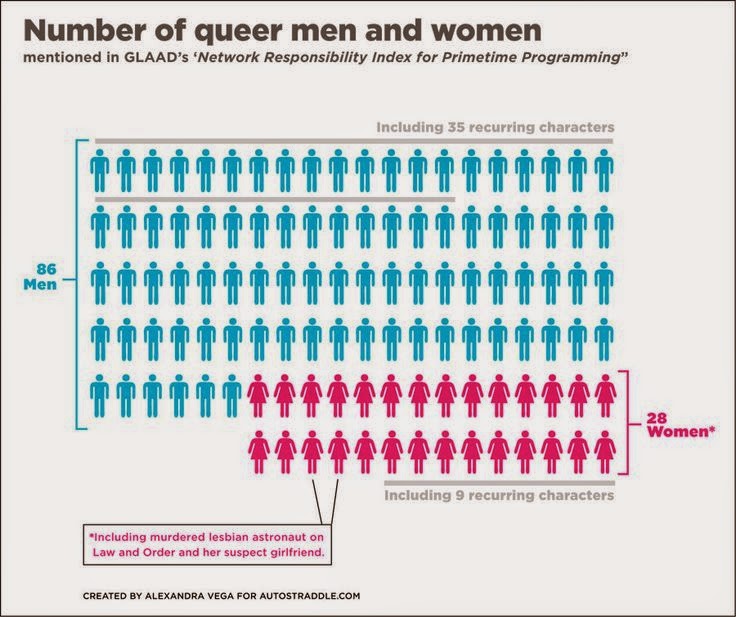Already from the onset of the project, we had reached common ground with our creative visions. Both Elanna and I agreed we were more keen on exploring the dramatic genre, specifically dealing with the issue of bereavement after the tragic death of a child. However, my idea (which was so embarrassingly bad and fantastically melodramatic I hesitate to describe it, even here) was promptly discarded after Elanna helped me come to my senses, so we formulated a plot synopsis more in vein with her idea.
To give a highly abbreviated summary, our plot concerns a community left reeling when a 16 year old LGBT student commits suicide after being subjected to horrendous bullying at school. This rouses the anger of another LGBT student at her school, who embarks on a mission to stir a social movement - akin to It Gets Better or The Trevor Project - in an effort to create a more accepting atmosphere for all sexual orientations. Our film - though not, for obvious reasons, our two-minute excerpt - would tackle the inborn prejudices that our protagonist would encounter along the way, including the bigotry of hyper-conservative parents and the cruelty of fellow classmates.
One of our principle motivators in pursuing this project is definitely due to our shared disillusionment with popular media representation of LGBT characters. As represented graphically below, the proportion of queer male and female characters skews more male in primetime programming, and though studies show a larger percentage of African American and Latinos identify as homosexual, the vast majority of media representation is "disproportionately white, male, urban and wealthy."
 |
| Source: Autostraddle.com |
 |
| Source: Pop Culture Freak
|
Another challenge we face is tastefully and sensitively depicting the suicide of a teenager. Quite frankly, these discussions veered into the territory of the grievously uncomfortable, especially when we discussed which type was the best to express cinematically. We weighed the options; statistically, women tend to commit suicide in ways less immediately lethal (such as overdoses or suffocation through carbon monoxide), while men display more violent means of ending their lives (hanging and gunshot wounds).
In a way, I feel like we have a responsibility to the LGBT community and the real-life teens who have actually committed suicide due to their orientation to portray these deaths in a sensitive, nuanced way. This is an issue endemic to this population; LGBT teens are 4 times as likely to commit suicide as their straight counterparts. Given the suicides that captured national attention (or, more tragically, the ones that didn't), Elanna and I have to find a tasteful way to contend with this issue.
| Leelah Alcorn, a 17 year old American transgender girl who committed suicide in 2014. Source: ABC News |
No comments:
Post a Comment